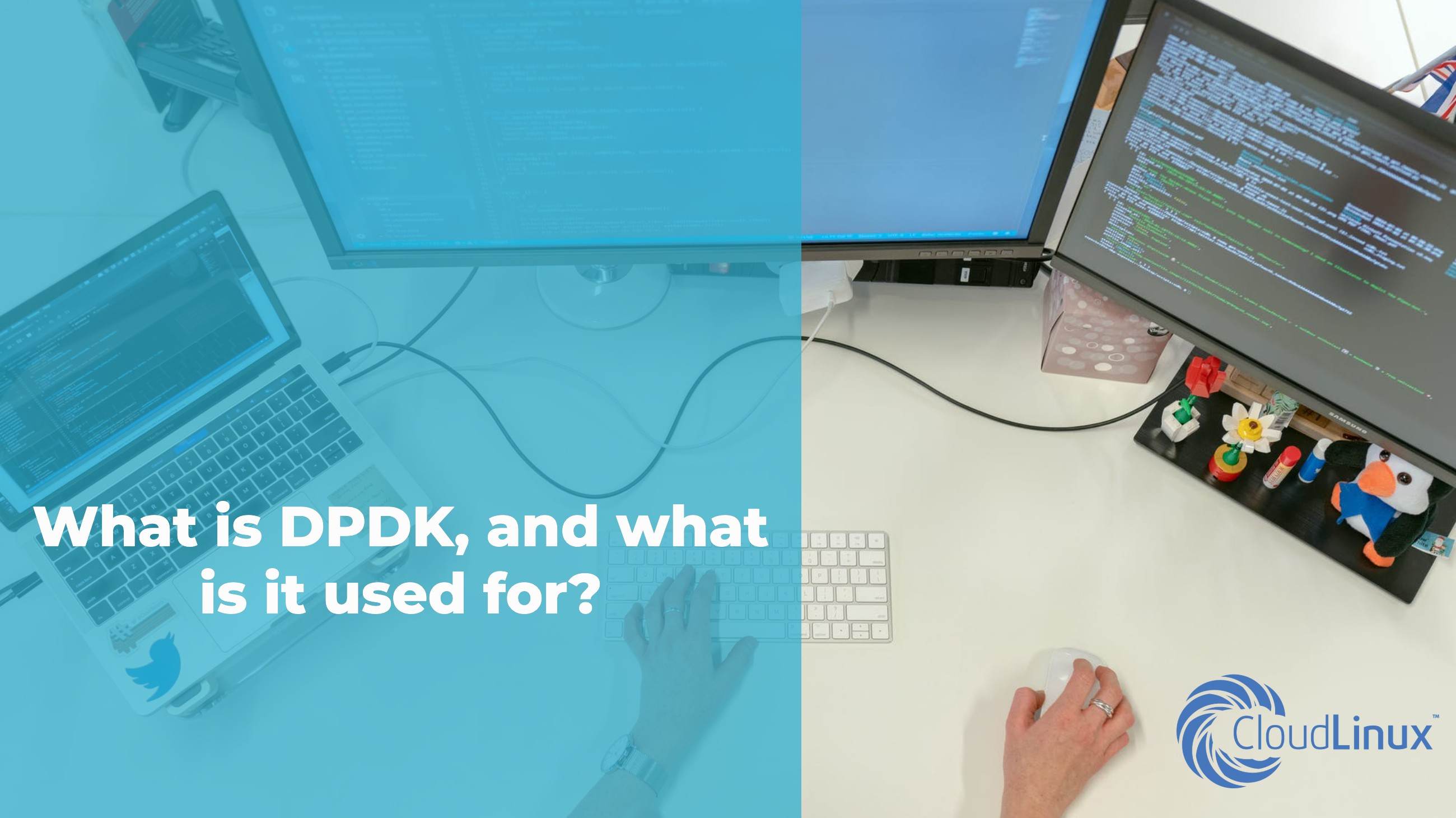What is DPDK, and What is it Used For?
 The Data Plane Development Kit (DPDK) is an open-source software project with a vibrant community of development contributors. Because it is open-source and free, a large portion of the tech industry involved in microprocessor research and development are working to improve DPDK with each release update. This includes computer scientists and researchers from Intel, IBM, and Cisco, among other industry leaders.
The Data Plane Development Kit (DPDK) is an open-source software project with a vibrant community of development contributors. Because it is open-source and free, a large portion of the tech industry involved in microprocessor research and development are working to improve DPDK with each release update. This includes computer scientists and researchers from Intel, IBM, and Cisco, among other industry leaders.
Broadly, DPDK is a set of libraries used to accelerate packet processing on multiple-core CPUs. DPDK facilitates the quicker expansion of high-speed data packet networking applications. Using instruction set architectures, DPDK enables more efficient computing than standard interrupt processing available in the kernel. DPDK also works with Cloud Databases, which highlights the use of a database as a service.
DPDK’s Core Components Work Well with Cloud Services
According to the DPDK Programmer's Guide Overview, “The main goal of the DPDK is to provide a simple, complete framework for fast packet processing in data plane applications.” This makes DPDK ideal for the database as a service application.
The DPDK has five core components that are responsible for sending packets from point A to B in the framework:
- The EAL (Environment Abstraction Layer) “is responsible for gaining access to low-level resources such as hardware and memory space.” [source] The EAL conceals the kernel environment's specifics then creates a primary programming interface to the libraries and other parts of the operating system. This is important when providing a database as a service across a network linking to offsite data storage facilities.
- MBUF is a specific data structure that carries network packets as messages.This happens in the background without the cloud database user’s knowledge.
- The DPDK MEMPOOL is the library for creating allocated memory packets. They are of fixed size. The DPDK uses a MEMPOOL handler for storing free objects.
- The RING library manages log-less queues/messages sent between threads, cores, or other parallel entities. In relation to the database as a service model, the RING library helps with data packet instructions.
- The TIMER library is a DPDK service that offers asynchronistic callback functions. There is an interface to add, delete, or restart a timer.
The five core components listed above are only a handful of the many features and functionalities of DPDK. A core advantage is faster packet processing using a simple framework. This helps speed up data transfer across the cloud and is highly advantageous to cloud databases or databases as service providers. There is a scalability advantage. The software stack that manages the DPDK framework is transparent to the database as a service end-user.
Because DPDK is open-source software, many of the top tech companies collaborate to make it better with each update. Moreover, with each update, the DPDK framework will advance the technology that enables databases as a service. At Cloud Linux, we take this seriously as we work to improve our customers’ technology experience.







